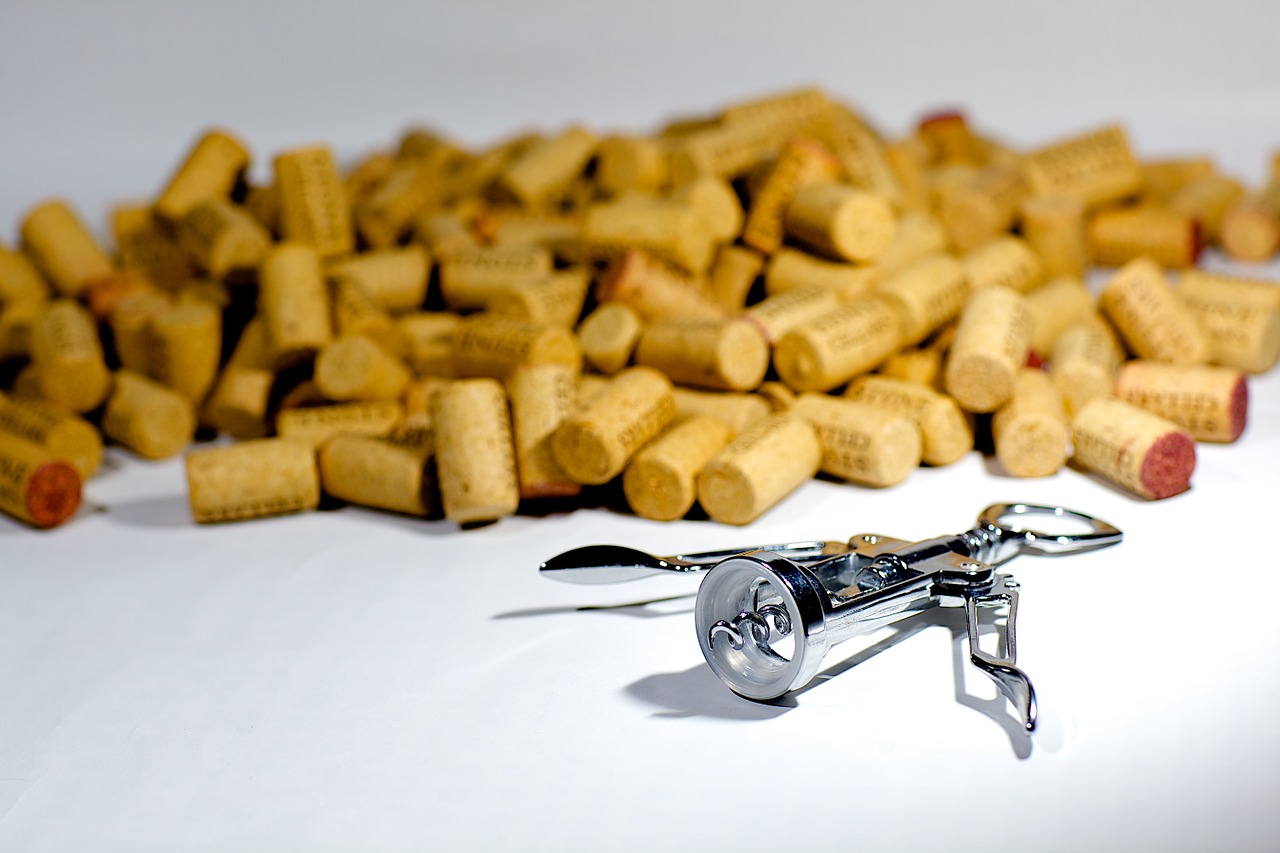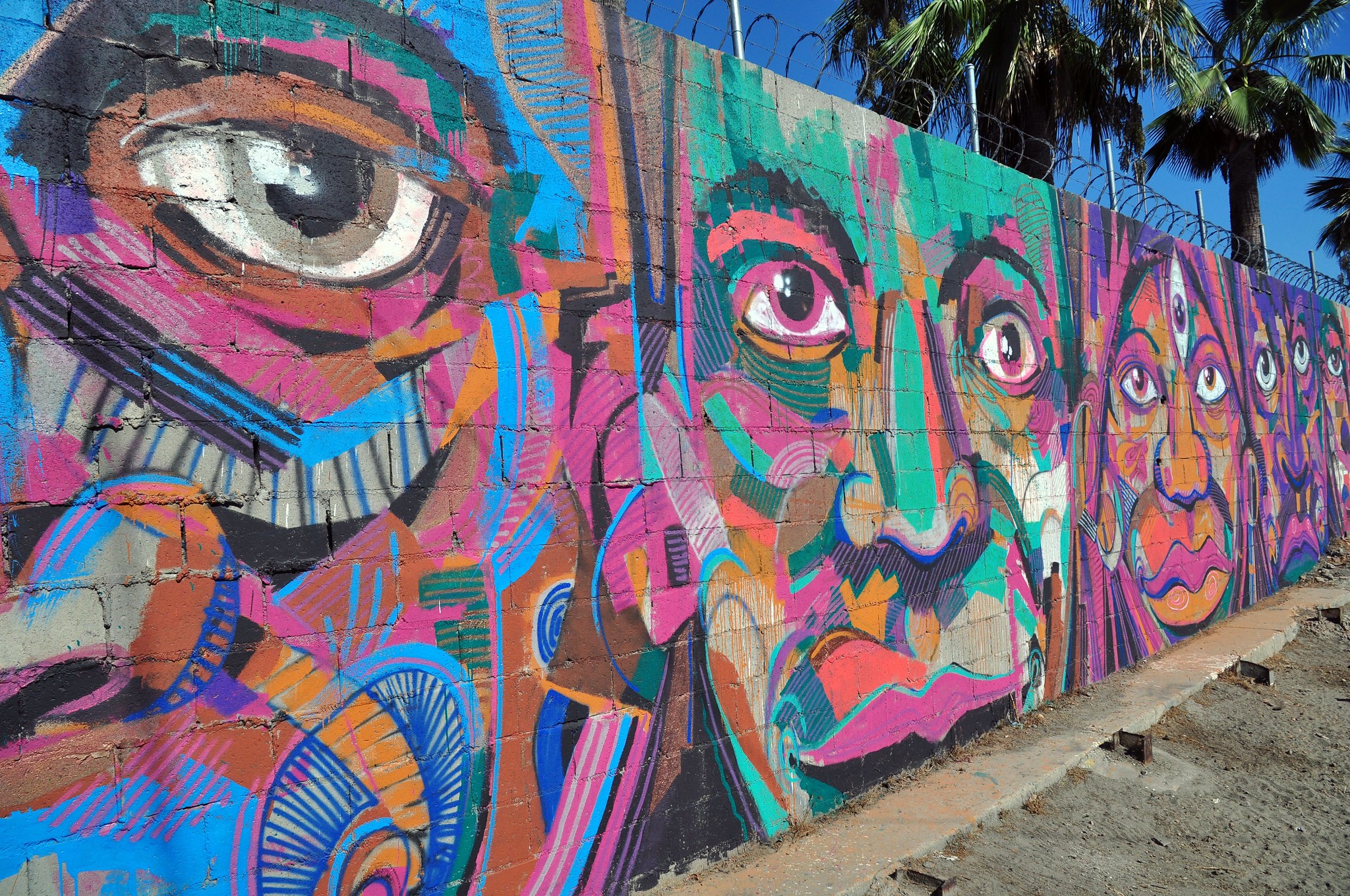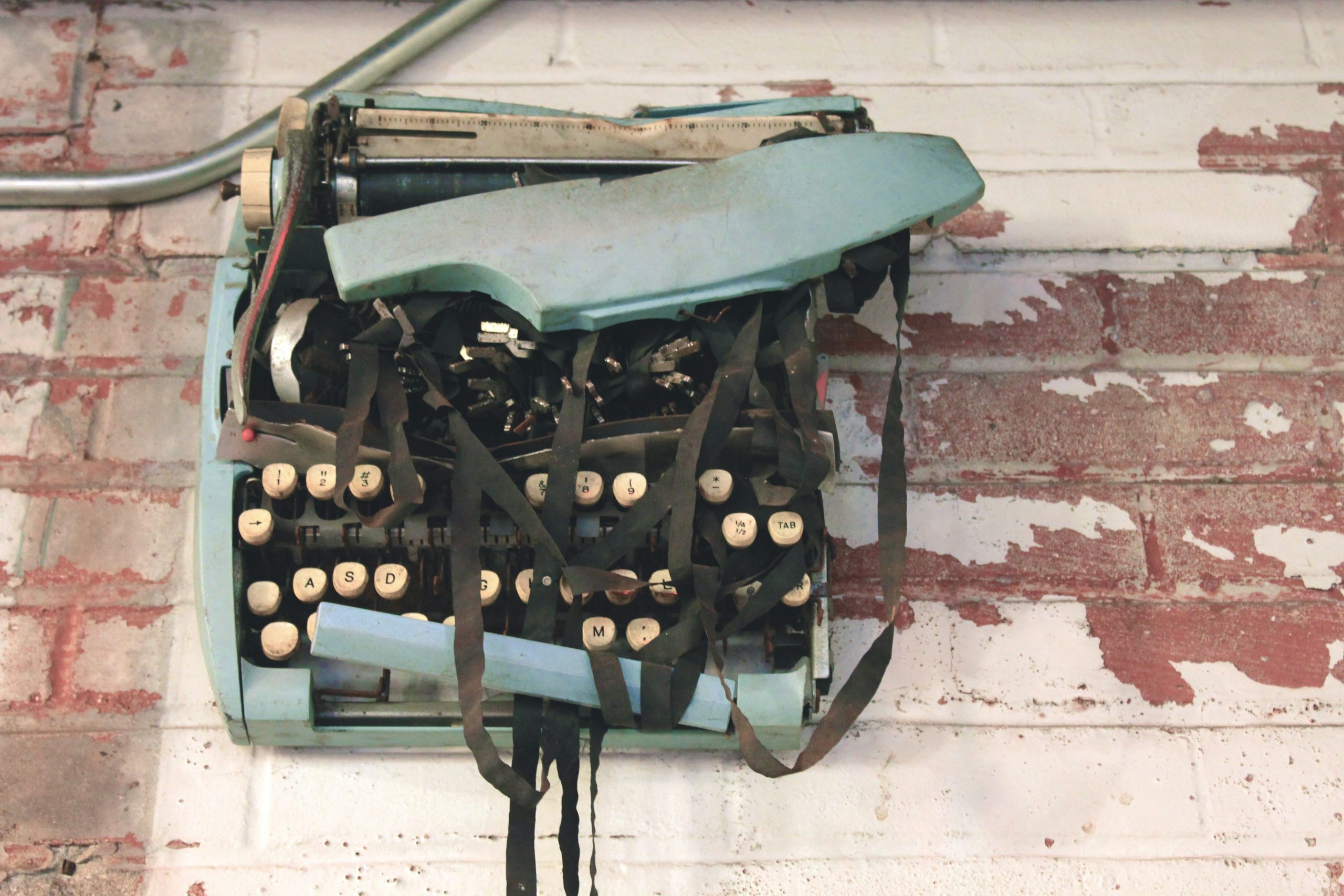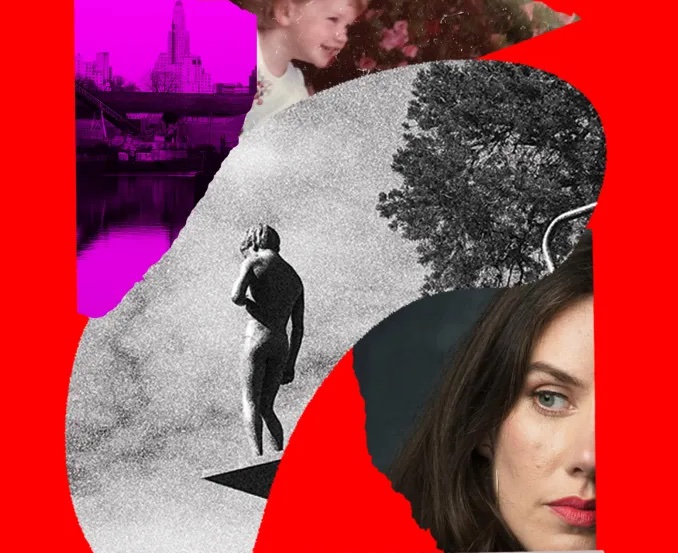Craft
I’m Reading About My Mother’s Addiction Because I Don’t Know How to Write About It
Alcoholism memoirs are helping me to understand my mother in a way I couldn't manage on my own

For a decade now I’ve written personal essays describing hidden bottles of cheap Chardonnay and the whine of ambulances and how the lip of the bumper of a 1999 Toyota Camry curls when it brushes a tree. The essays were meandering and hemorrhagic, overly personal in a pointless way. I wasn’t interrogating anything or exploring a greater concept; I was trying to make sense of one of the greater confusions of my life. I was trying to write about my mother.
Anne Lamott famously says, “You own everything that happened to you. Tell your stories. If people wanted you to write warmly about them, they should have behaved better.” In the spirit of pure artistry, I tried to abide by that ethos, representing what happened truthfully, without pulling punches or softening the edges. But still, I always added a nice scene from my childhood that showed her at her best — patient and generous and funny. I wanted to tell the truth, that she was a good mother, a good person, and, also, an addict.
Even though the essays weren’t publishable, they still had utility. When my mom snuck away to chug wine from the open bar at my graduate school reception, a classmate found me so I could intervene. She knew it was my mother because of what I’d written, she said, and because we have the same face. I write about this here because I have to show you what I mean when I say, “My mother is an alcoholic.” I need you to take me seriously in a world where you can buy a wine glass that has “Mom Juice” etched on it.
Each time, there is a scene but no greater context. The structure unravels and the end is helpless.
I’ve tried to write essays about transitioning to the authoritative role in a parent-child relationship, about loving someone who lies to you all the time, about how to exist when you’re constantly waiting for the other shoe to drop. Sometimes making sense of addiction feels impossible in the same way that any disease is difficult to rationalize. Each time, there is a scene but no greater context. The structure unravels and the end is helpless. The general themes can be summarized as, “Addiction is painful for everyone it touches. I am scared all the time.” With every clunky paragraph, I wanted to ask the reader, Is it clear that I love her?
Last year, instead of writing I started reading about addiction in pursuit of understanding. I hadn’t talked to my mom in eight weeks. The last time I’d been home I hid her car keys and she picked the kind of fight you pick when you’d rather be left alone than win. I’d tried everything I could think of to help her: radical honesty, earnest emails, gentle emotional blackmail. Distance was a last resort. Her health was waffling, her bones brittle and snapping, her hummingbird heart telling her nervous system there is always something wrong. The stakes felt like they were increasing every day, every new affliction evidence that alcoholism is a chronic, progressive disease with one seemingly-inevitable destination.
I started my reading with the Diagnostic and Statistical Manual of Mental Disorders (DSM)—alcoholism is called “alcohol use disorder”—written with a cool medical detachment where the body and the brain do not seem like they comprise a person. A bender is “chronic exposure.” The difference between want and need is a “neuroplastic change.” When I am angry or hurt, the distancing language helps. It introduces a sense of control, of cause and effect. But, the DSM felt like an objective approach to a subjective experience. Though clinical language can reframe addiction as an impersonal disease, the resulting behaviors—the criteria for diagnosis, questions like does your drinking affect your relationships, your ability to take care of your family, your interest in things that were important to you—are inherently personal. The behaviors of addiction obscure the person and blur the boundaries of illness.
I wanted clarity, answers to questions she wouldn’t or couldn’t give me, answers I couldn’t find from studies on rodents. Addiction is in many ways a dual life shrouded in half-truths and omissions. I wanted to ask her outright about her experiences, why she started and how it felt. When she was in an abusive phase, I wouldn’t get a straight answer. When she was in a period of relative sobriety, I didn’t want to hurt her by showing her how she’d hurt me. Still, I wanted to know some version of her story, in detail. I wanted to know my mother’s story to know where to put mine, but more urgently, I was scavenging for help, stories I could run my hands over like a topographical map to find a safe path out of the woods, words that could heal.
I wanted to know my mother’s story to know where to put mine, but more urgently, I was scavenging for help.
Addiction memoirs are so prevalent that they have their own genre: quit lit. “They’re all the same and they’re all correct,” Grace Lavery writes about addiction memoirs in an essay about sugar and recovery that proves the rule. My mom’s candy of choice is stale Twizzlers. I find solace in a package on the counter with the corner snipped.
I picked three memoirs by contemporary women—their ages somewhere between mine and my mother’s—writing specifically about alcohol: Mary Karr’s Lit, Caroline Knapp’s Drinking: A Love Story, and Leslie Jamison’s The Recovering. Each memoir follows a predictable pattern I learned was standard for recovery narratives. The first few chapters sketched out where it all started, or at least the author’s best estimate, trying to nail down the mix of genetics and experience, the cocktail of nature and nurture that got them to the same place. But what it comes down to is summed up by Jamison as, “The whole world stood accused: You never told me it felt this good.” The middle was the sordid stuff, the hard drinking and deceit, whisky taped behind desks and lost cars. This section I knew well, the singular focus on drinking above all else at all costs. That was where the pain was for partners, sisters, children, me. I’d been close enough that, even as the details changed, I knew how that part of the story went. The end was sobriety, how it happened and how it stuck, the hedging that life wasn’t perfect but it was better than when they were drinking.
Knapp says alcohol offers:
protection from the pain of self discovery, a wonderful, cocooning protection that’s enormously insidious because it’s utterly false but it feels so real, so real and necessary. And then, tragically, the protection stops working… You drink long and hard enough and your life gets messy… Discomfort + Drink = No Discomfort ceases to suffice… So after a while, you alter the equation, make it stronger and more complete: Pain + Drink = Self-obliteration.
None of the behaviors themselves surprised me. Alcoholism, to me, seemed like an intentional removal of oneself from the world. Pillars of addiction include secrecy and isolation, which I always took to mean an abdication of responsibilities and relationships. I tried to attribute intentionality so I could have something concrete to blame, but it wasn’t there. For instance, Karr’s love for her son is never diluted by her drinking. No matter how much she drank, she never lost sight of her role as wife, mother, and writer, though it often manifested as shame. She can’t look at her husband without “hearing some muffled verdict pounded out by [her] own heartbeat—“guilty guilty guilty.”
Anything positive—book deals and teaching jobs and solid men and well-loved children—became enmeshed in shame. Jamison’s partner writes her a poem as a confirmation that he will always love her, no matter what, but she trips on a line that mentions her drinking and sees the poem as an indictment. Shame could be teased out of gestures of love, no matter what was offered.
Recovery isn’t a simple choice between self-obliteration and death-by-drinking. If Pain + Drink = Self-obliteration, then Pain = Self-obliteration – Drinking. The math isn’t perfect, but the pain and problems remain after the drinking is gone. Karr describes in detail the difficulties of her sobriety, checking herself into a hospital after writing a suicide note. Jamison writes about her own relapse, the rationalization and subsequent spiral reading like the point in a horror movie when you know something bad is about to happen but your screams are powerless to stop it. For our family, the worst relapses came after a period of calm. They hit like a suckerpunch, half the pain from the surprise: How did we let this happen again.
Well-meaning people in my life keep stressing to me that alcoholism is a disease, and that relapse is statistically a nearly-certain symptom. “You wouldn’t get mad at someone if they had cancer,” they say. But it’s hard to know where to put my own very real pain of loving someone with addiction, the constant buzzy undercurrent of fear, the hurt of knowing your presence is something they want to escape, and most excruciatingly, the futility of feeling like there’s nothing you can do about it.
In these memoirs, relapses are absorbed in the rhythm of the story. Personal history is arranged into a structure of how things got to where they were, their undoing similarly templatized. The narratives follow identical trajectories, a characteristic that gets them panned in critical reviews but celebrated in the comment section on Goodreads and Amazon. “It feels like this book was written about me,” readers say. The drama of addiction becomes mundane, the same moment again and again. What feels acute and personal is neither. It’s just part of it, a story every addict has.
The Recovering spends chapters grappling with the value of these stories, in the repetition itself, and the community they build in sobriety. Jamison writes about the utility of stories in recovery, “Your story is only useful because others have lived it and will live it again.” I have a reflexive resistance to stories as service. A story with a message seems didactic or self-righteous, moralizing like the author knows best. But that resistance ignores the history of human communication, that we told stories because we learned a way to survive and we didn’t know that it was the right or wrong way but it was a way. It was the one we had, so we shared it.
Addiction is just one part of a life story, even if sometimes it seems to obscure everything else. There are parts of my mother that are so full of joy it’s hard to fathom her as someone who struggles with anything. No matter where she is, she’ll sit down on the ground to get to know a dog face-to-face. She spends too much money on just-because gifts for other people. She cries at beautiful things, wears too much black but loves color. She buys tulips and carnations because they’re the happiest flowers. Is it clear that I love her?
I’ve wanted her to get sober for a long time, but the reasons have been a slow slide down the hierarchy of needs. I’ve always wanted her to be the person she is, to travel and explore and learn new things. I want her to feel good about herself at her core, to believe all of the wonderful things people constantly tell me about her. I want her to be secure financially and to know that she will always have what she needs to live. But more than anything, I want her to not die.
I was searching for the words to save her. The books did not give me those things. They couldn’t.
I wanted the memoirs to give me the right way to frame my own experiences as someone who loves an addict. I was searching for the words to save her. The books did not give me those things. They couldn’t. I was hoping that by understanding the mind of an addict, I could find an argument that made sense. The stories were ripe with the cyclical reasoning of addiction, a system of thought that promises control, logic they held onto as it failed them time and time again. The most obvious answer is the true one: There is no logic. There is no control. Anything I do is trying to impose order on a system that abides by its own code. The internal consistency of addict behavior armors it against outside influence. It’s playing by different rules. I am telling you that I learned that, but I don’t think I’ll ever be able to stop searching or trying.
Even without a panacea, the rhythm in the memoirs gives me hope that my family’s stories, too, could be like Jamison’s or Karr’s or Knapp’s, told from a distance, removed by time. The comfort in these memoirs is in the repetitive story, a model that can be duplicated. Knowing they made it out alive. They had enough space from their drinking years to mold a narrative arc from entropy, finding meaning, or at least a story that was useful to someone who had been through the same thing. Addiction narratives are full of people who did die, but also people who lived, who told their stories and helped others through their own. There is suffering, but there is also healing. I feel like we’ve been stuck in the middle chapters of a drinking life like a skipping record. This part of the story is simultaneously melodramatic and routine, a slow and dangerous sink. The memoirs are tangible examples of how the story can go on.
For the first time in a long time, hope doesn’t feel dangerous. People can get better, and do, not always but sometimes. Right now, there is just pain, but after the coda of recovery, pain can be retrofitted to have meaning. The clawing desperation to fix her, the senselessness of dramatic falls, the sadness of drinking in a closet over the holidays can have value, even if it doesn’t have it in the moment. There is hope that once things get better, this moment that I’m living in now will actually have been something useful instead of just pain. And that possibility feels like a gift.








